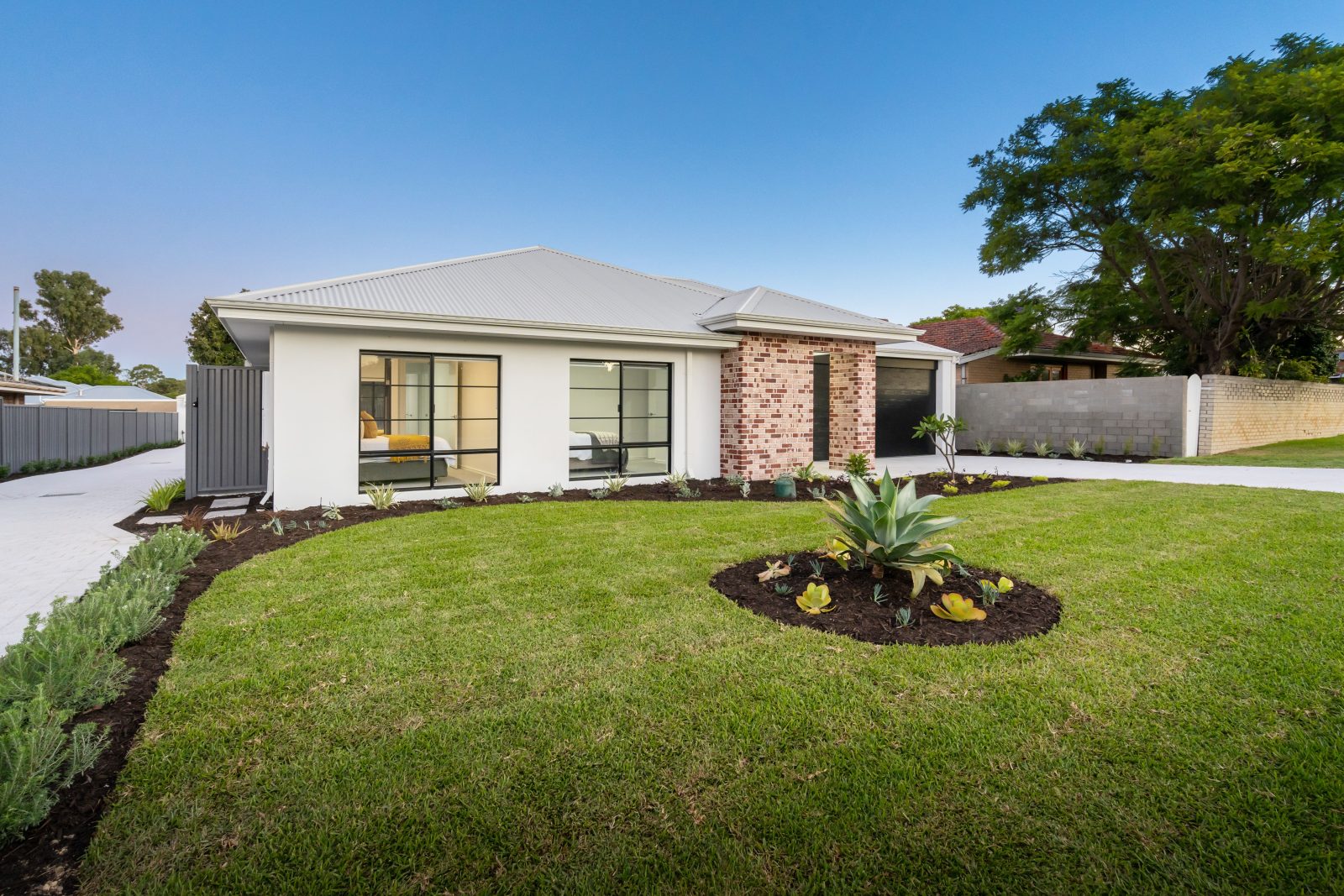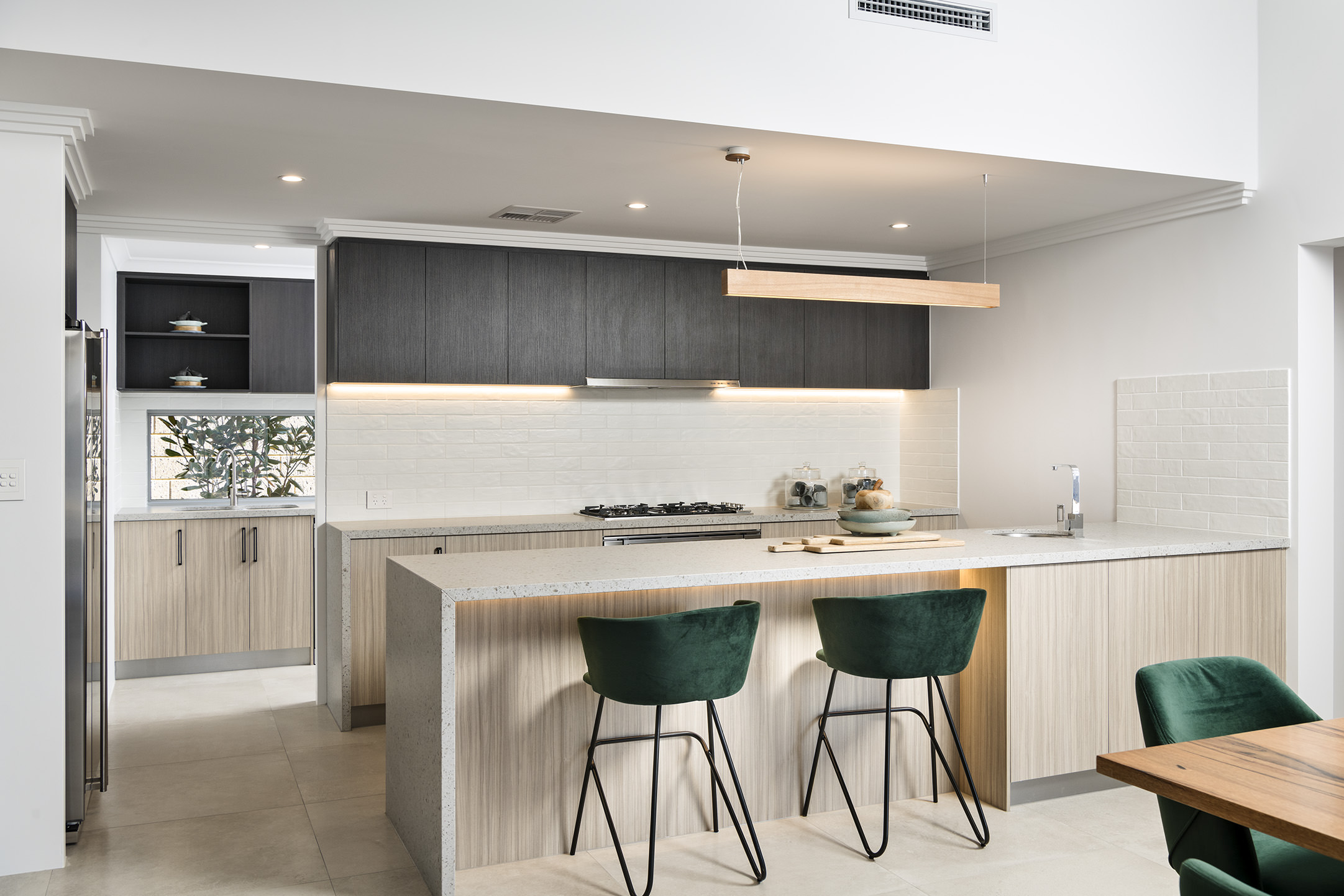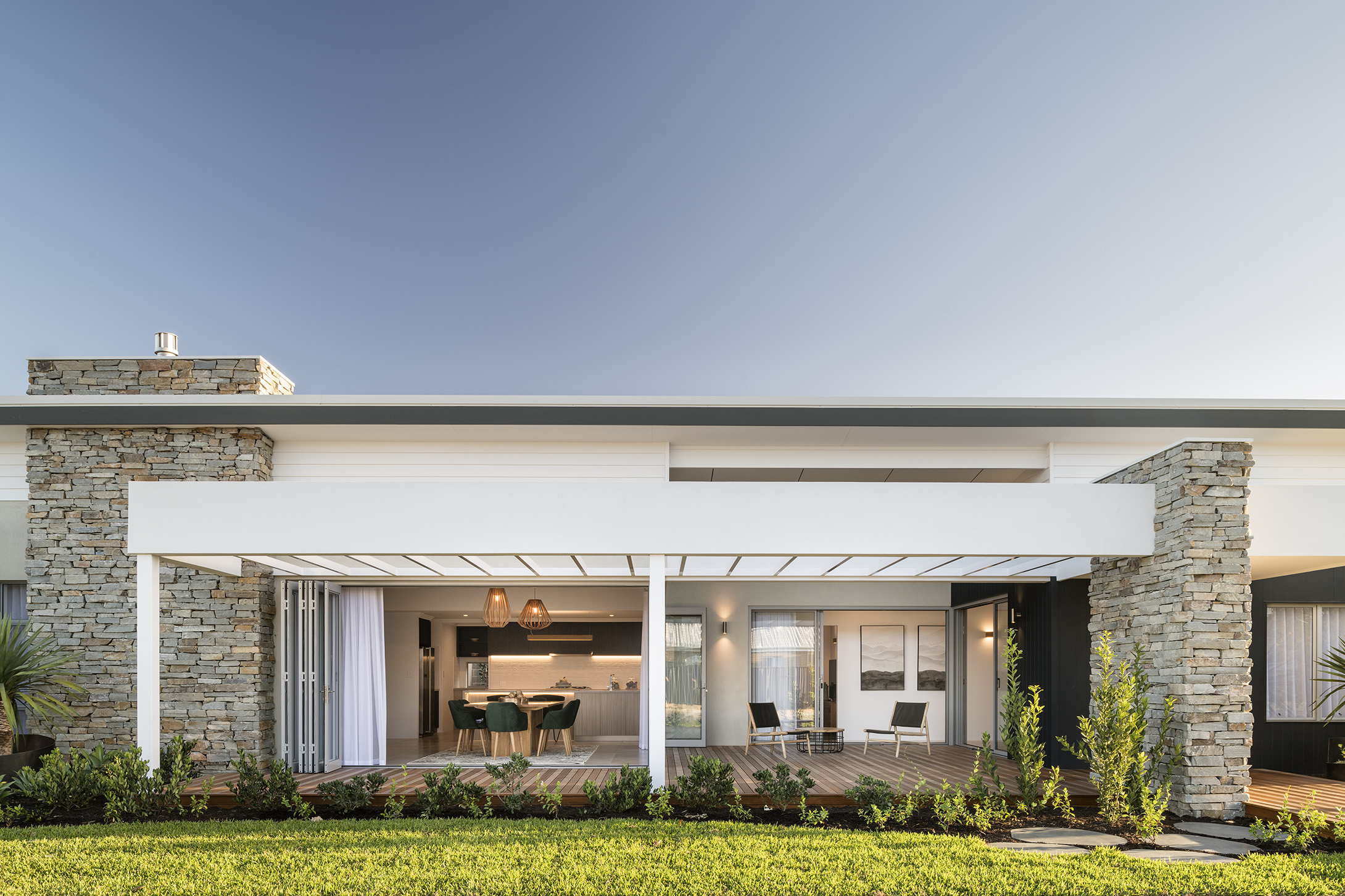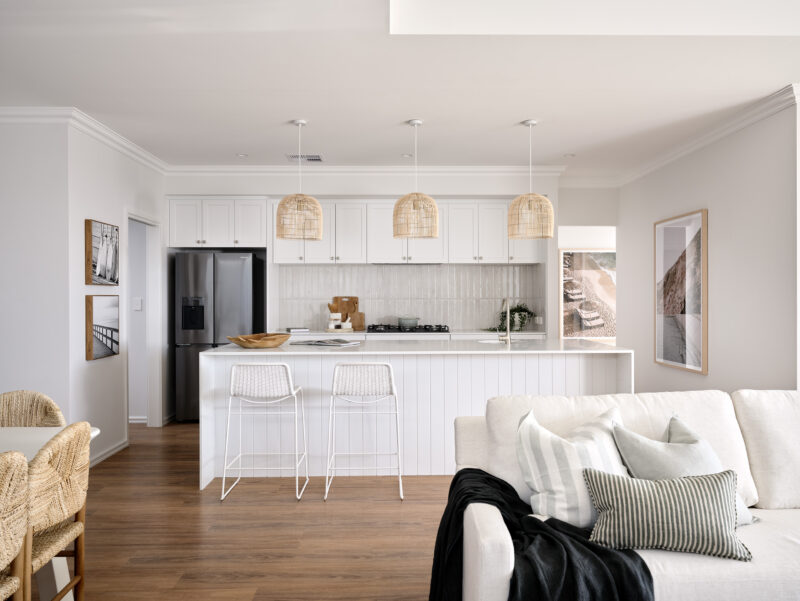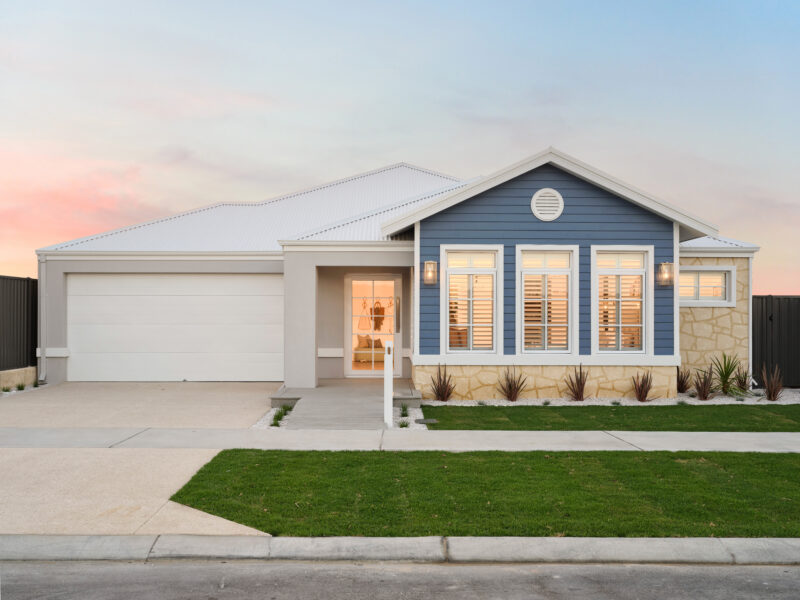Pairing the right home design with the right block of land is the recipe for a dream home. But how do you know what land pairs well with what home design?
These days, most new homes are built in new land estates that are developed by property developers who acquire land and then lay down the infrastructure (roads, utilities, water and sewage). New home builders can choose to either buy off-the-plan designed homes or they can choose a customisable home design, that suits their block of land, through an established home builder such as Plunkett Homes.
Whether you build on a site that’s been tailored to suit a specific group of buyers or you dream of a rural block in the country away from any neighbours, there are considerations to make to ensure a good pairing. Sites that are challenging because of their small size, odd shape or steep slope can require more creative building design. Sites with high environmental values should be protected. Sites with low environmental values can be improved.
Home styles to love
When building a new home, you will work with a builder who will build your new home in the style and home design you choose. There are a number of popular styles to choose from or you can take inspiration from different styles and customise your own.
Contemporary
A contemporary home is one that reflects 21st-century architecture and design. It’s evolutionary, meaning it changes and grows as we do.
The concept of a contemporary home is that it’s fluid – constantly adapting to the latest trends and what’s new. It also pushes the boundaries of what’s possible and focuses on sustainability and smart features.
Black, white and neutral are central to a contemporary home. So too is light – lots and lots of light. Contemporary homes offer clean lines, smooth textures and modern choices of flooring. Decor is generally minimal.
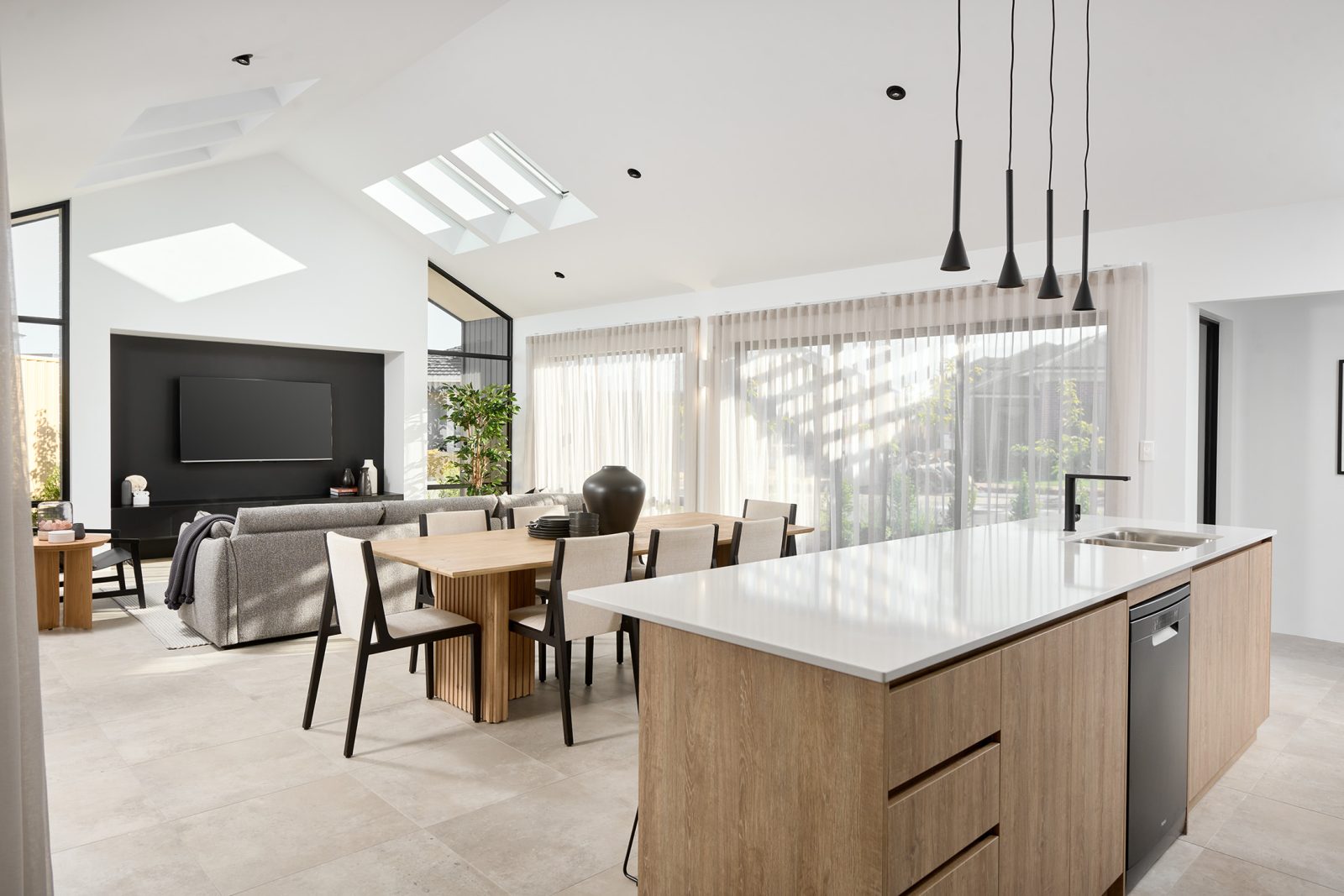
Federation
Federation style homes began in the late 1800s and they remain popular today. The exterior and interior of Federation homes exude character and charm and give a home a sense of history.
Classic Federation features include woodwork and timber, especially at the entrance or verandah and in the architraves and skirting boards. A verandah serves as a welcomed invitation into the home and offers a place for outdoor living. Deep red and dark brown bricks can be incorporated, along with unique formations in tiled roofing. The presence of a chimney is also common.
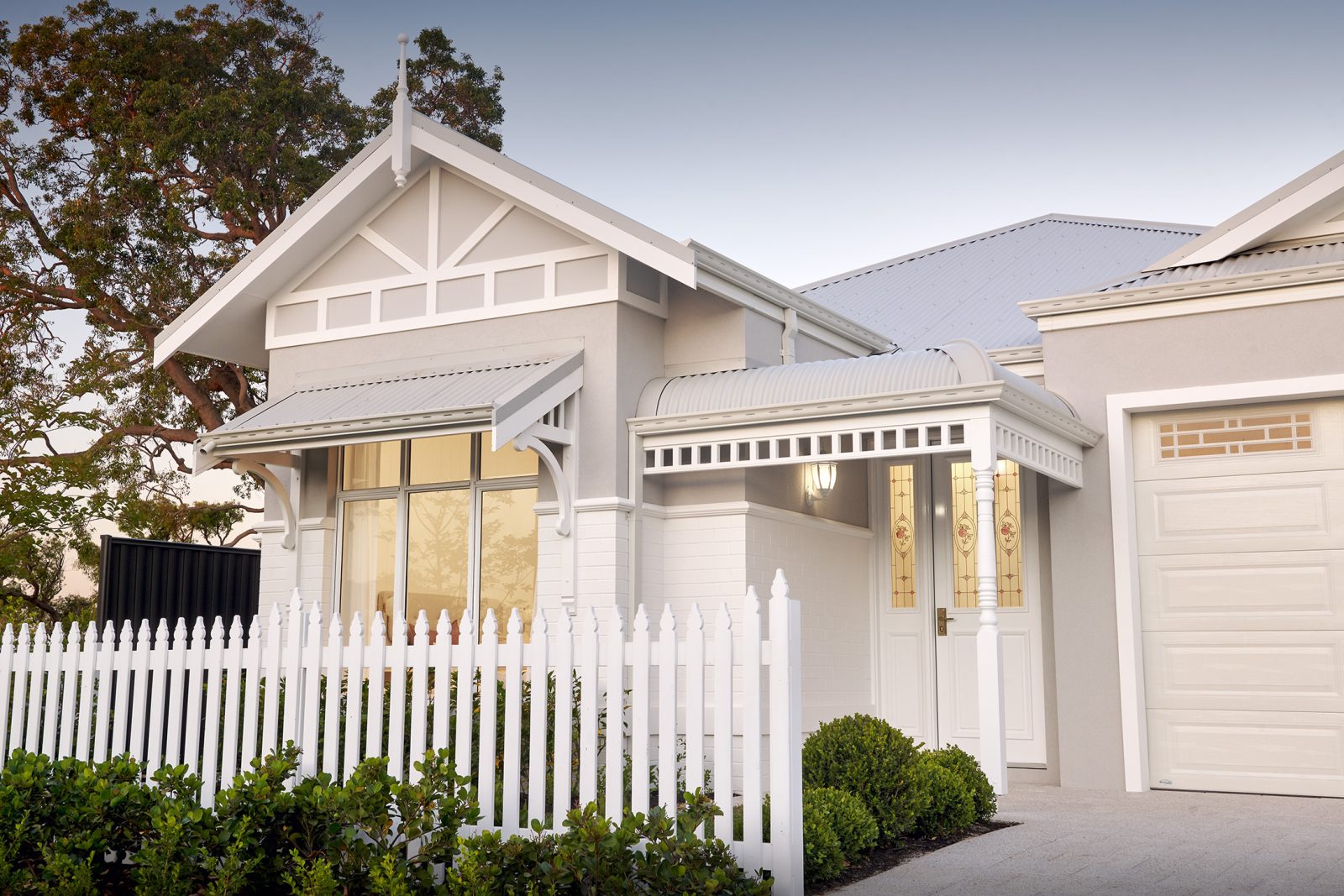
Hamptons
In Australia, we’ve put our own little stamp on the traditional Hamptons style. Defined by cool, classic and sophisticated design, the Hamptons style lends a coastal, casual chic vibe.
A Hamptons-style home uses the raw colours of nature – think neutrals, sandy creams, tinted blues and bleached timber tones. The facade is quite grand, with large gabled rooflines, double-hung windows and lots of embellishments to add texture and depth.
Inside the style is all about easy living and entertaining, in light-filled open spaces that bring the outdoors in.
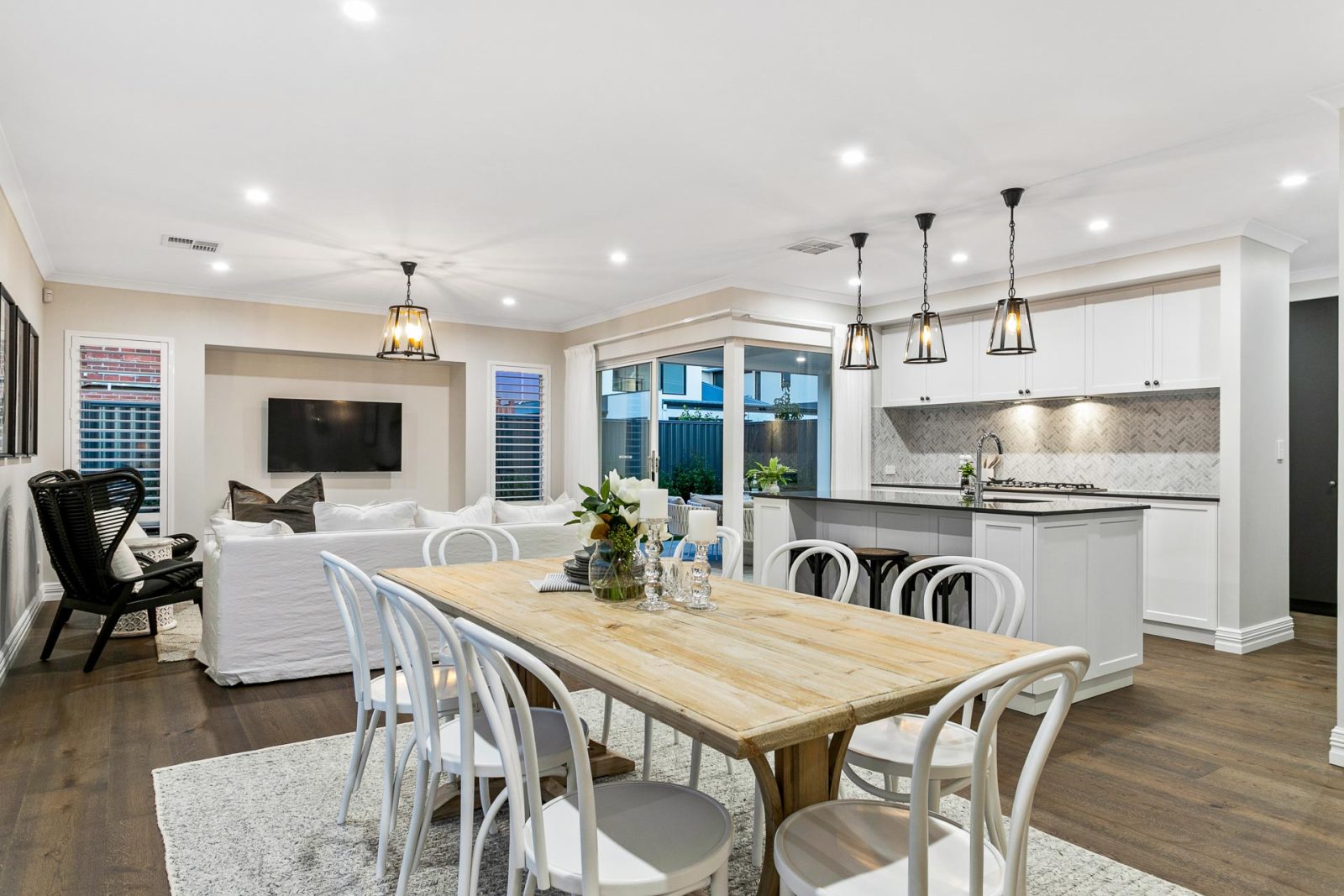
Mid-century
Mid-century homes take inspiration from some of the most influential modernist architects of the 20th century. They feature extensive uses of glass and open design concepts that help to forge a connection with nature.
Mid-century homes are characterised by flat planes, changes in elevation and the integration of outdoors. They draw on the Californian style with their daring and grand proportions and bold uses of colour.
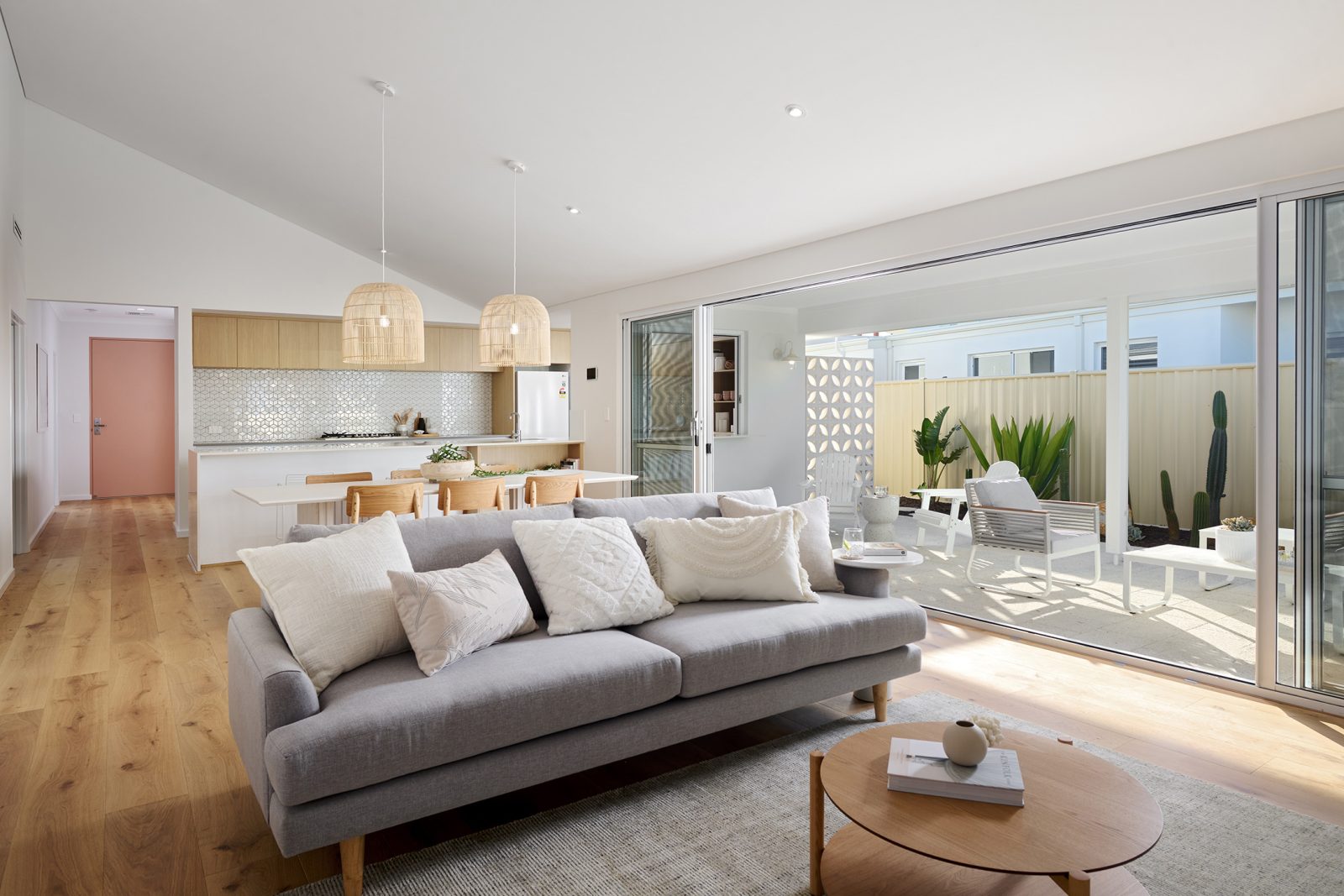
Farmhouse
The idea of a farmhouse has evolved from its literal meaning – a home built on a farm. Today, it’s merely a case of creating a home that’s homely, welcoming and comfortable.
Farmhouse features often have charming, decorative elements that are designed with purpose in mind, eg. a porch that acts as a mud room or an alcove that displays your wine collection. Simplicity is the key, but this doesn’t mean the farmhouse style is plain.
The farmhouse style is characterised by sweeping verandahs, large ceilings, grand kitchens and highlight windows. It’s defined by practicality and cosyness.
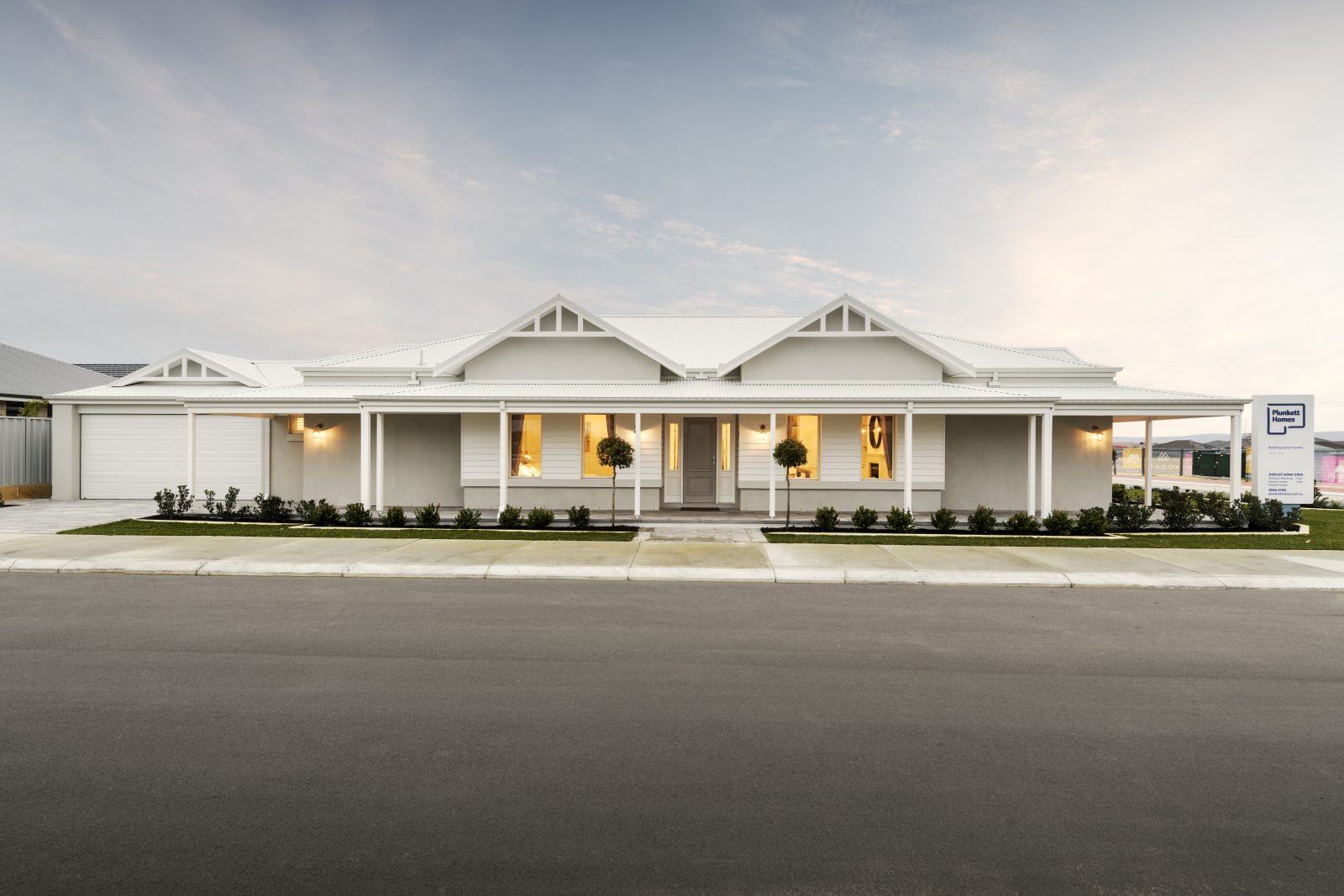
Land styles to suit popular home styles
If location is important to you, then generally speaking you should aim to find the land before finding a home style that you like. That said, if you’re sold on a particular style of home, you can look for the ideal land to compliment it.
Rural/acreage blocks
Rural and acreage blocks are great if you’re tired of the fast pace and stress of city life. How big a block you look for should depend on how much time you want to dedicate to it.
A five-acre property is the equivalent of more than 20,000 square metres, a big jump up from the average block size in Australia which is around 200 – 350 square metres. Before investing in acreage, consider how you will use it.
A farmhouse or lifestyle home on a few acres gives you plenty of space, fresh air and opportunities for activity. You can build a big home, have a rambling garden and be surrounded by nature.
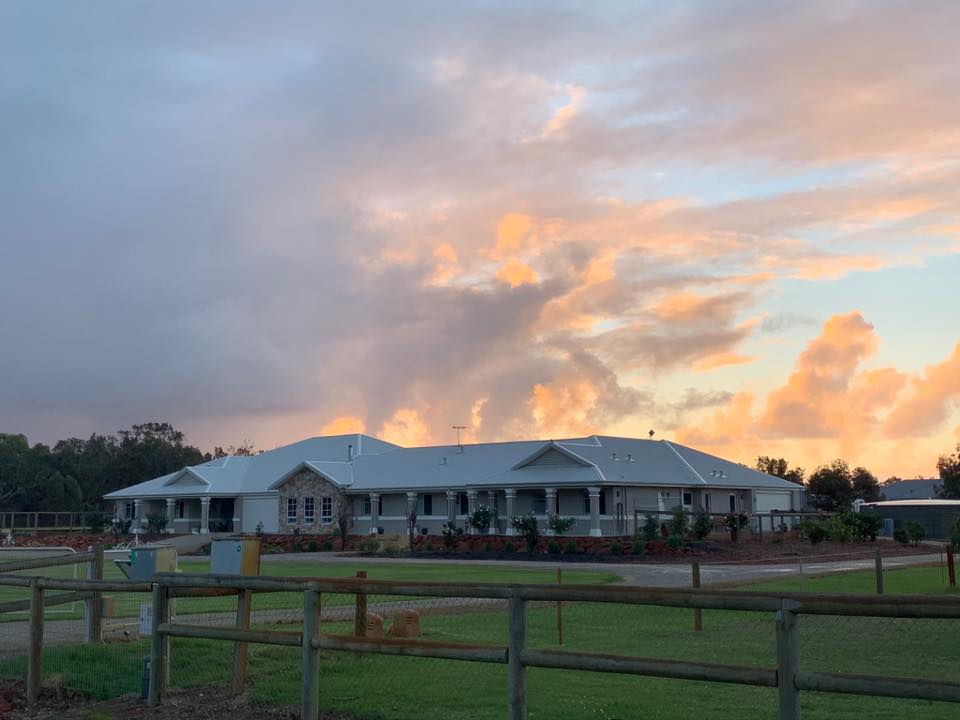
Narrow lot
It might sound strange to purposefully look for a narrow block but a narrow block can be your best friend. Exactly what it sounds like, a narrow lot can be smaller and sometimes tight. This doesn’t mean you miss out on detail, though! You can really hone in on the finer details in a narrow lot home because of the smaller space. The land might be smaller, but not the house build.
Contemporary, Hamptons, Federation and Mid-Century style homes are all suitable for narrow lots. They can be designed to take advantage of every square metre, ensuring you don’t have to narrow your lifestyle.
Speaking of lifestyle, a narrow lot can also be perfect for a lifestyle home. If your dream is to be only steps to the beach or you want to stroll into town every day for a coffee, purchasing a narrow lot can allow you to build in the location that best suits your daily activities.
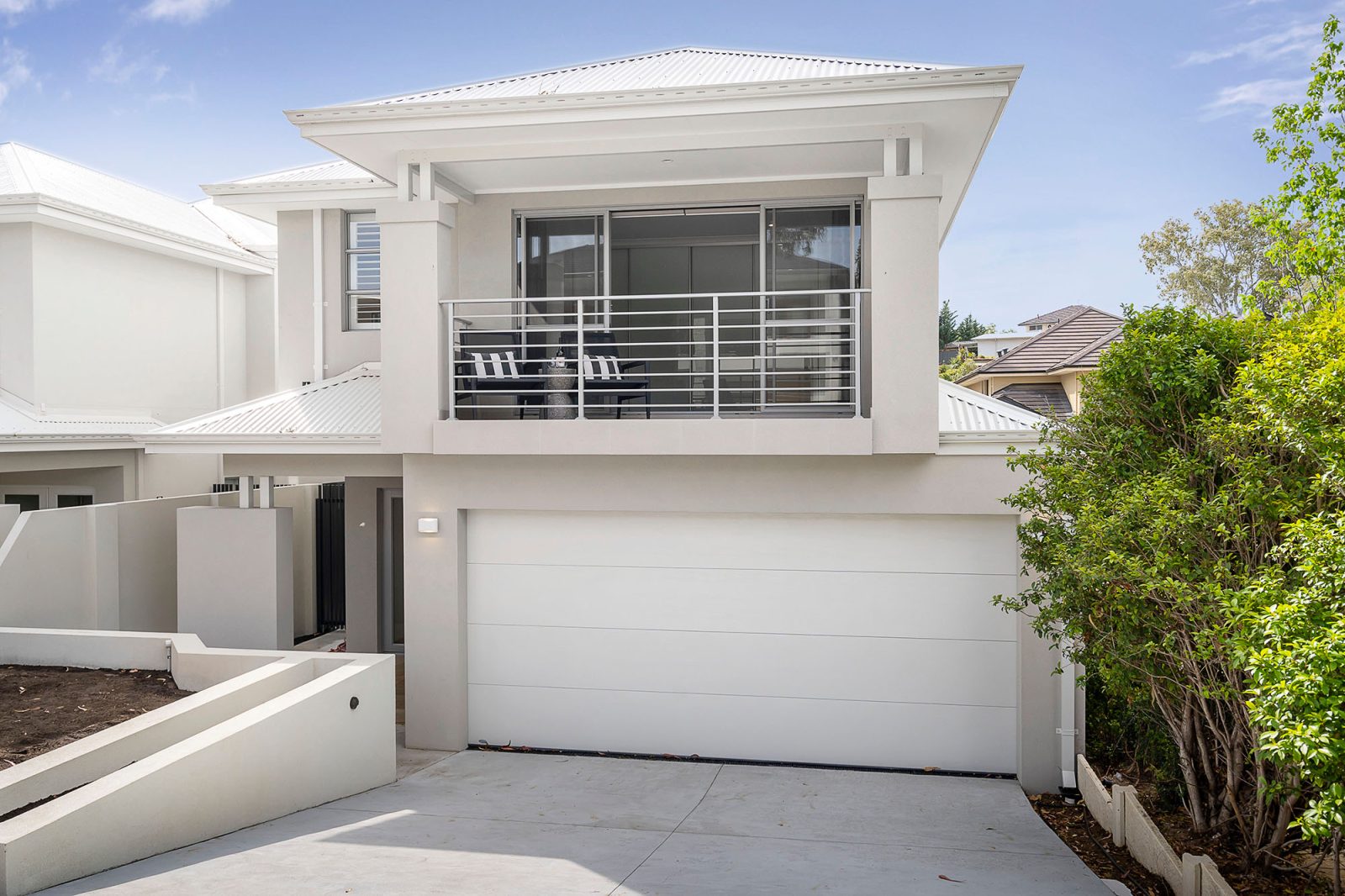
Infill block
Infill blocks are blocks that lay between two already existing properties. They’re a great way to buy into an already built-up and populated suburb.
Infill blocks are often cheaper than larger, more open blocks such as dual access blocks, but difficulties with builders accessing the site can push the price of the build up.
An infill block with established greenery is perfect for a mid-century style home, which with different elevations and flat planes can daringly compliment an unusual shaped block. Because an infill block doesn’t expand outward (it exists where humans already are) it’s considered an environmentally friendly housing solution, helping to revitalise a neighbourhood, make use of existing transport and reduce your carbon footprint.
Greenfields
A greenfields block is typically any vacant land within a traditional estate. Blocks are often flat, retained and have all services in place.
The benefits of a greenfields site is that a lot of the prep work has been done for you. Your neighbouring homes may even be in the exact style you like, meaning your cherished Hamptons-style home could be surrounded by other similar Hamptons-style homes.
That said, greenfield sites are usually conventional shapes, making it easy to build any type of home you want.
Development sites
Whatever the size and shape of a development site, there’s a home style to suit. Turn a patch of land into a profitable property development by building a duplex, triplex or entire block of units. Plunkett Homes can help you to decode the R-codes, crunch the numbers, design, plan, build and finish.
Subdivision is a great way to transform an unused backyard into an investment. Building on a battleaxe block unlocks your land’s potential. Battleaxe blocks offer privacy and exclusivity and while they can be unusual shapes, they’re perfect for a quirky mid-century or contemporary home.
If you don’t want to separate your block, an ancillary dwelling is a small, self-contained dwelling located on the same lot as a single house. You can build any type of home that will complement the existing home, just bear in mind that an ancillary dwelling must have a floor area of no more than 70m2.
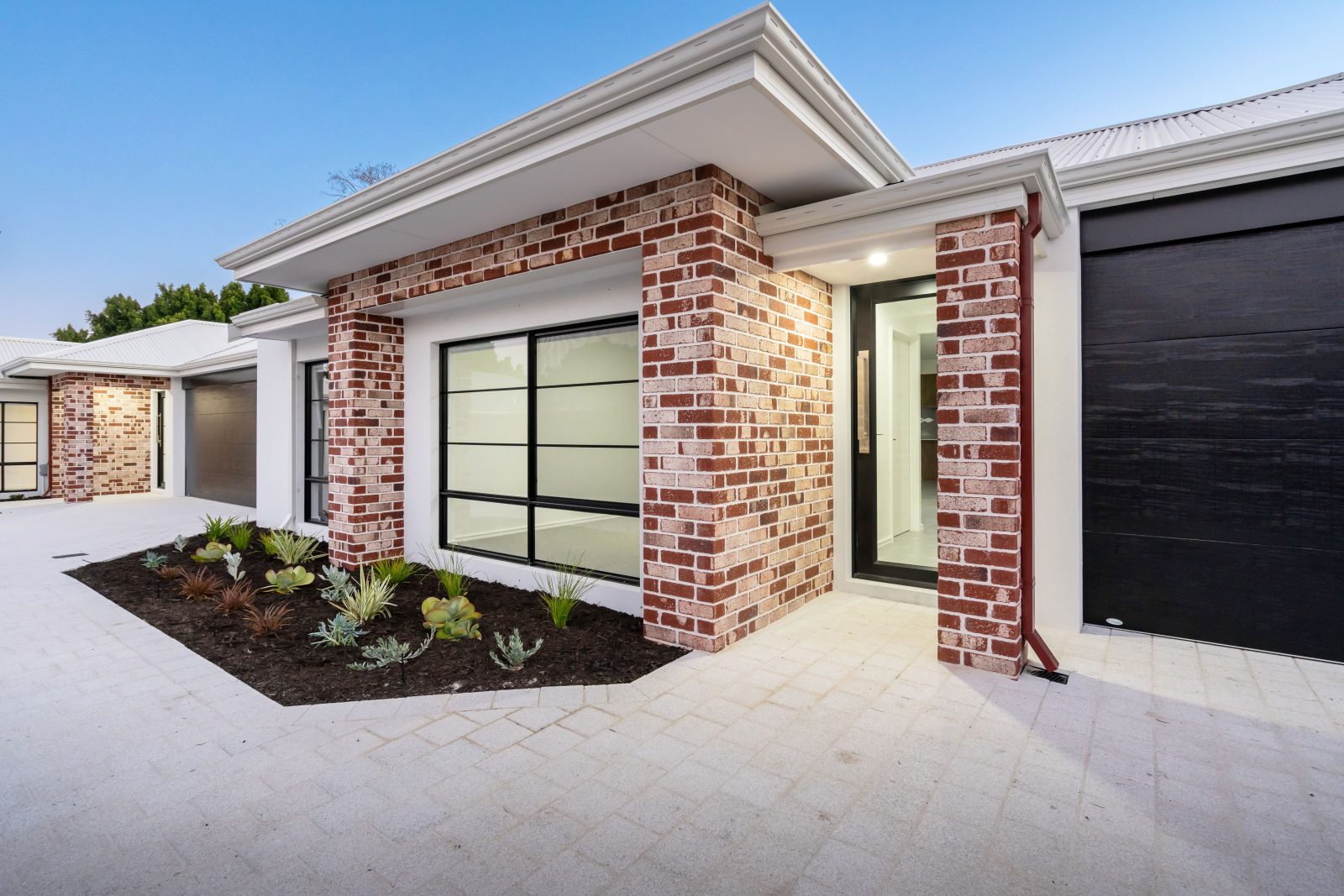
Choosing and using a site or home
When choosing a location and home, think about both your short and long-term needs. Homes are typically designed with a 50-year life expectancy, so it makes sense to consider your changing needs and resilience to climate change.
No matter what type of home you want, no matter what type of land you want, Plunkett Homes is here to help. We’ve been at the forefront of the WA home building industry for over a century and over this time we’ve innovated and adapted to bring you a range of exciting home styles that stand the test of time. We know what type of land best suits what home, and we know what homes will work best with your chosen land.
Contact us today to talk more about your dream home.
